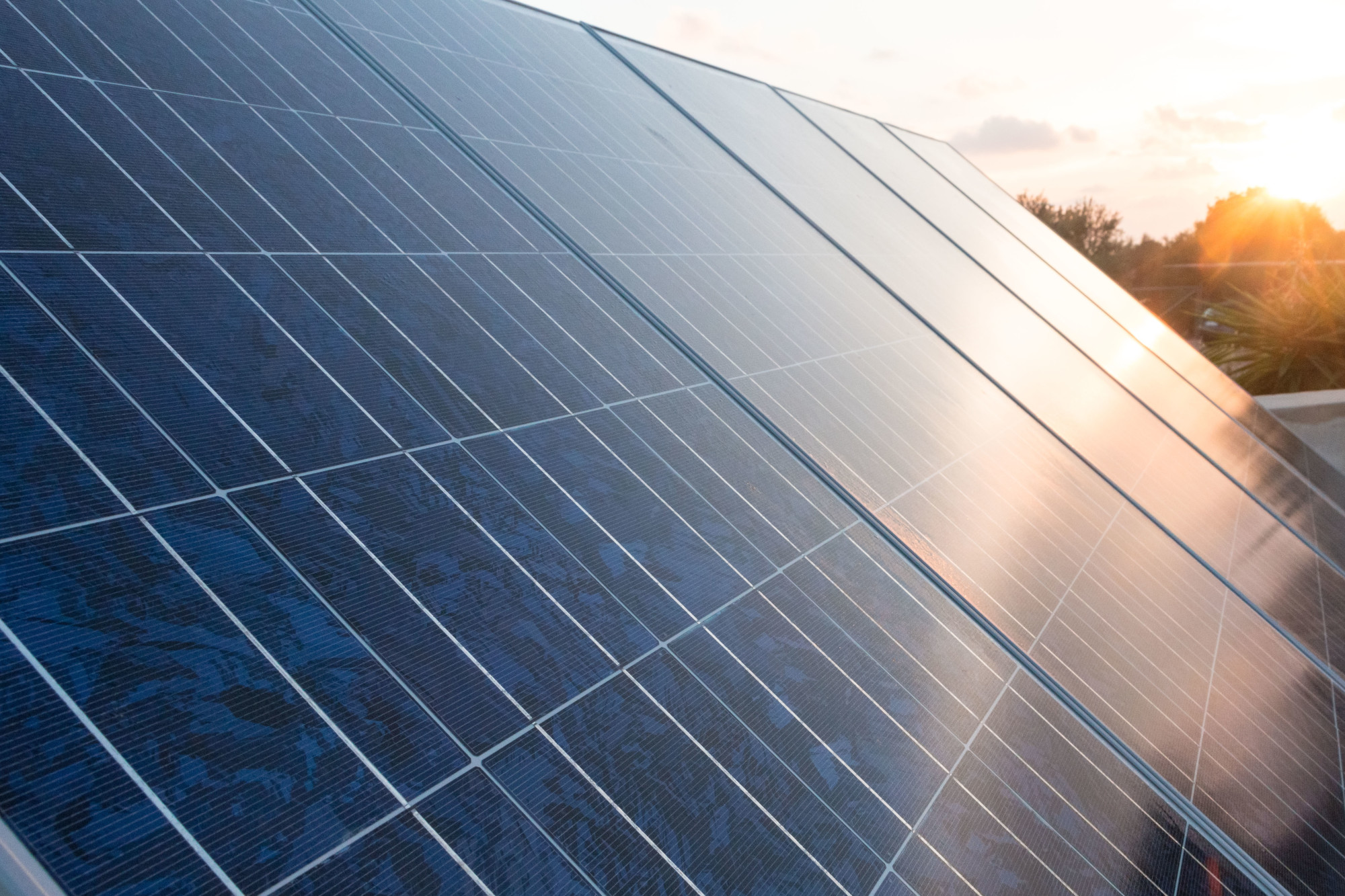力量的演变by Dr. Gustave Le BON
Table of Contents
Preface
Part I – The New Principles
Book I – The New Bases of the Physics of the Universe
Chapter I – The Present Anarchy of Science
Chapter II – The New Doctrines
Book II – The Irreducible Magnitudes of the Universe
Chapter I – Time, Space, Matter and Force
- The Conception of the Irreducible Magnitudes of the Universe
- Measurement of the Same
Chapter II – The Great Constants of the Universe: Resistance and Movement
- Inertia or Resistance to Change
- Mass
- Movement and Force
第三章 - 建立力量和宇宙的机械解释
- The Cycle of Forces
- The Mechanical Explanations of the Universe
Book III – The Dogma of the Indestructibility of Energy
第一章 - 力量的主体概念与能源保护理论
- The Conservation of Energy
- The Principles of Thermodynamics
Chapter II – The Energetical Explanation of Phenomena
- The Principles of Energetic Mechanics
- Quantity and Tension of Energy
- 将数量转化为紧张,并相反
- Part of Matter in Energetic Mechanics
Chapter III – The Degradation of Energy and Potential Energy
- The Theory of the Degradation of Energy
- Potential Energy
Book IV – The New Conception of Forces
Chapter I – The Individuation of Forces and the Supposed Transformations of Energy
- The Transformations of Energy
- Forms of Energy in Matter
第二章 - 物质均衡的变化与力量的乙醚
- Alterations of Level as Generators of Energy
- 实体的元素称为能量
Chapter III – The Evolution of the Cosmos – Origin of Matter and Universal Forces
- The Origin of Matter
- Formation of a Solar System
- Molecular and Intra-Atomic Energies
- Intra-atomic Energy Source of Universal Forces
Chapter IV – The Vanishing of Energy and End of Our Universe
- The Old Age of Energy and Vanishing of Forces
- Summary of Doctrine of Vanishing of Energy and Discussion of Objections
- Periods of Evolution of World
第II部分 - 物理问题
Book I – The Dematerialization of Matter and the Problems of Electricity
Chapter I – The Genesis of Current Ideas on Relations of Electricity & Matter
- Part of Electricity in Transformation of Chemical Compounds
- 就像在简单的身体溶解中
Chapter II – The Transformation of Matter Into Electricity
- Transformation of Matter into Energy
- Electrification by Influence
- Different Forms of Electric Influence
- Mechanism of Leak from Insulating Bodies
- Difference of Tension Between Electricity Produced by Chemical Changes & by Friction explained
Chapter III – The Problems of Magnetism, Magnetic Induction & Lines of Force
- Problem of Magnetism
- Problem of Origin of Lines of Force
Chapter IV – The Electric Waves
- Properties of Electric Waves
- Sensitiveness of Matter to Electric Waves
- Propagation of Electric Waves to a Distance & Their Utilization
Chapter V – The Transparency of Matter to Electric Waves
- History of Experiments on Transparency
- Transparency of Dielectrics to Same
第六章 - 不同形式的电力及其起源
- 有电力是否存在?
- Various Forms of Electricity
书二世——公关oblems of Heat and Light
Chapter I – The Problems of Heat
- 关于热量的老和新的想法
- 由此产生的热量和能量下的状态变化
- Can Heat be the Measure of all Forms of Energy?
- The Conception of the Absolute Zero
Chapter II – Transformation of Material Movements into Ethereal Vibrations & Radiant Heat
- Nature of Radiant Heat & Transformation by Matter of Ethereal Vibrations
- Permanence of Radiation of Matter
- Electric Emissions which Accompany Heat
Chapter III – Transformation of Matter into Light
- Emission of Light by Matter
- Influence of Wavelength & Amplitude on Light
- The Invisible Spectrum
- Distribution of Energy Throughout Spectrum
- Absorption of Light by Matter
- Chemical and Photographic Action of Light
Chapter IV – The Dematerialization of Matter by Light
- Dissociation of Matter by Different Radiation of Solar Spectrum
- 镭呈镭展现起源
Book III – The Problems of Phosphorescence
Chapter I – Phosphorescence Produced by Light
- Different Forms of Phosphorescence
- Action of Different Parts of Spectrum on Phosphorescent Bodies
- Phosphorescence of Diamond
- Intensity of Phosphorescence & Temperature
- Decay of Phosphorescence by Action of Time
Chapter II – Phosphorescence Produced by Heat
- 观察方法
- 热量磷光体的性质
- Analogies between Phosphorescence by Light & Heat
Chapter III – Phosphorescence from Other Causes than Above
- Phosphorescence by Impact & Friction
- By X and Cathode Rays & High-Frequency Effluves
- By Chemical Reactions
- Phosphorescence of Living Beings
- Of Gases
Chapter IV – The Causes of Phosphorescence
- Phosphorescence as a Manifestation of Intra-Atomic Energy
- Chemical Reactions Causing Phosphorescence
Book IV – Black Light
Chapter I – Invisible Phosphorescence
- Divisions of Black Light
- History of Invisible Phosphorescence
- Properties of Invisible Phosphorescence
- Transformation of Invisible Phosphorescence into Visible
- 可见的可见光磷光
- Comparative Effects of Infrared Rays and Heat on Phosphorescence
- Radiations of Metals and Non-Phosphorescent Bodies
Chapter II – The Infrared Rays & Photography Through Opaque Bodies
- Visibility through Opaque Bodies
- Photography through Same
- 瞬间摄影在黑暗中
- Transparency of Different Bodies to Infrared Rays
- Use of Invisible Rays to Make Distant Bodies Visible
Chapter III – The Part Played by the Various Luminous Radiations in Vital Phenomena
- 光的一部分重要的成长a
- 太阳光谱在植物寿命中的影响
- New Method of Study of Physiological Action of Infrared Rays
Chapter IV – The Antagonistic Properties of Some Regions of the Spectrum
- 光线照亮和灭火的光线
- Opposite Properties of Different Regions of the Spectrum
Book V – Forces of Unknown Origin & Hidden Forces
Chapter I – Universal Gravitation & Hidden Forces
- 引力的原因
- 引力的后果
- 力量昏暗地看到了
Chapter II – The Molecular & Intra-Atomic Forces
- Attractions and Repulsions of Material Elements
- Molecular Equilibria
- 力和形式
Chapter III – The Forces Manifested by Living Beings
- Living Matter and Cellular Life
- Instability the Condition of Life & Intra-Atomic Energies
- Forces Which Regulate the Organism
- 形态发生力
- 重要的现象的解释
Index of Subjects
名称索引
Editor’s Preface
n以下页面,古斯塔夫·勒庞博士发展further the strikingly novel and original theories put forward by him in The Evolution of Matter (Paris 1905). As in the last-named work, he enunciated the doctrine, which he was the first to deduce, that all matter is continually in a state of dissociation and decay, so in this he goes in detail into the corollary, there only briefly stated, that the atom is a great reservoir of energy, and itself the source of most of the forces of the universe. In support of this position, he calls in the aid of his earlier researches into the nature of invisible radiations, phosphorescence, and the Hertzian waves, all which, with several related phenomena, he declares to be explicable by the hypothesis that the atom, on dissociating, sets free, either wholly or in part, the energy stored up within it on its formation. Yet he is careful to declare that this is rather suggested than demonstrated by his researches, and that the conclusive proof of the validity of his assertion must be delayed for the result of further experiments by himself or others.
In the meantime, it is well to notice that both Dr Le Bon’s original thesis and its corollary have received approval from an unexpected quarter. Every new scientific theory, if sufficiently far-reaching, is received with disapproval by those brought up on the ideas it would supplant, and Dr Le Bon’s assertion of the universal dissociation of matter formed no exception to this rule. In France, as he reminds us in The Evolution of Matter, his first discovery of the phenomena which he classed together under the odd name of “Black Light”, aroused a perfect storm of obloquy which has long since died away. In England, whither his theories penetrated only after they had been in great part accepted by the scientific world, this was not the case; but two members of the Cavendish Laboratory at Cambridge took upon themselves, upon the appearance of The Evolution of Matter, to assail its teaching as well as its novelty with ore virulence than force (See the Athenaeum of Feb 17 and 24 and of March 3, 10, 17, and 24, 1906; and the Jahrbuch fur Elektronik ii (1905), p. 459 et seq.). It is therefore pleasing to find Mr P. D. Innes, himself a member of the Cavendish Laboratory, writing, with the apparent approval of its Director, in the Proceedings of the Royal Society (A, vol. lxxix, No. 4 (Sept 1907), p. 442.), with regard to radioactive phenomena, that:
“The only theory which can satisfactorily account for the phenomena observed is that of atomic disintegration, a process that is apparently going on in several, if not all, of the elements”;
and further (p. 443):
“That there is a great store of energy in the atom seems now beyond question, and if this reservoir could only become available, all our present conditions might be completely revolutionized.”
This is exactly — as any one can see for himself — the position taken by Dr Le Bon in The Evolution of Matter, and further defined and emphasized by hi in the present work. There seems therefore good reason to suppose that Dr Le Bon’s later theories, as well as his earlier ones, are now widely accepted by men of science, and that before long this acceptance will be extended to all points of his doctrine.
It should be noted that the present work was written expressly for the International Science Series, and was intended to appear simultaneously in England and France. Difficulties connected with the reproduction of the illustrations have caused the appearance of this version to lag some months behind the French, of which 8 editions of 1000 copies apiece have been rapidly exhausted. The delay has not been useless, as it has enabled me to add a few corrections and notes, together with indexes, which are wanting in the French editions.
F. Legge
Royal Institute of Great Britain (February 1908)













